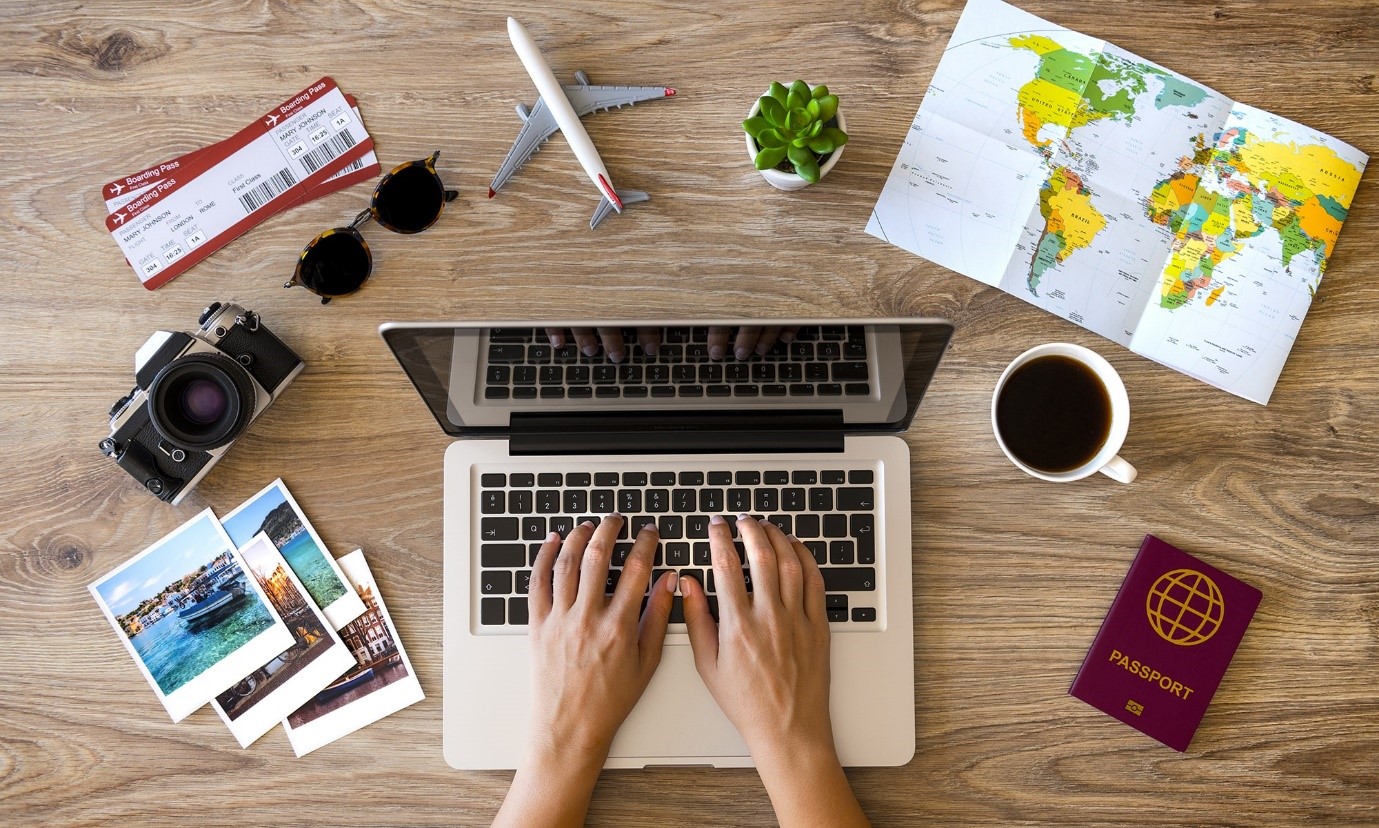When planning a trip, there is a lot to consider, such as obtaining a visa, receiving immunizations, and creating an itinerary that includes more than just reserving an airline ticket. It might be difficult and time-consuming, but if you follow these 4 guidelines for planning a trip, you’ll be on your stress-free vacation before you know it!
1. Create a travel budget
The first and most significant step in planning a trip is determining how much money you want to spend on your upcoming trip. Your travel budget will have a significant impact on how you plan your trip, such as where you can go and how long you can stay.
2. Choose a destination
It’s a good idea to think of your favorite activities or the best trips you’ve ever taken. Do you like excitement or relaxation? The city or the countryside? Or perhaps you’d like to try something altogether new? Some nations may be able to provide more than one sort of tour, however, it is best to organize a trip based on these categories.
- Adventure and adrenaline-pumping experiences – Choose countries with a variety of outdoor activities and breathtaking scenery. Hiking, rock climbing, kayaking, jungle trekking, surfing, and diving are all popular hobbies in Asia.
- Relaxation – can you picture yourself laying on the soft white sand, swinging in a hammock, sipping on coconuts under the swaying palm trees? If so, consider places like the Maldives, Thailand, or Greece which are known for their beautiful beaches or islands.
- Culture – If you enjoy learning while traveling, consider visiting a nation with an intriguing history or well-preserved traditions. Consider Cambodia, Oman, or Peru. Understanding a country’s culture and meeting its people is one of the most enjoyable aspects of traveling!
- Food– Do you think it’s crazy to choose a destination solely on its food? Consider again! One of the most delightful and exciting aspects of traveling is sampling the local cuisine. Plan a journey around your favorite foods. Consider India, Italy, or Indonesia. Yum!
- Transport – Many countries are well-known for their gorgeous trips. For example, consider the well-known train excursion from Kandy to Ella in Sri Lanka, Vietnam’s iconic motorbike loops, or Uzbekistan’s fascinating Silk Road.
3. Make a plan for your arrival
When arranging a trip, remember to:
- Purchase a local sim card at the airport to utilize programs such as Google Maps, transportation services such as Uber, a translation app, or simply to notify your accommodation.
- Plan your route to your lodging and have contact information handy in case you get lost. For example, find out how much a cab from the airport will cost and where to find one. Or figure out which subway line you’ll need to take to get to your location.
- In Google Maps, save a map of your first destination. The offline map also saves the pins you’ve placed. You won’t necessarily need connectivity this way.
- Exchange money to ensure that you always have some cash on hand.
- Learn some simple phrases in the language of your destination. It’s a good idea to learn some basic words in case you need to ask a question like ‘how much is that?’ or simple phrases like please and thank you.
4. Organize Essential Paperwork
- Apply for a visa either online or at your nearest embassy. Some nations require you to apply for a visa upon arrival, which may necessitate the carrying of a passport photo. You may also be required to pay a fee, so be sure you have the exact amount in the correct currency.
- Purchase travel insurance.
- Get the necessary vaccines if you’re traveling to a high-risk country for certain diseases.
- Purchase whatever medication you may require for the duration of the trip. For example, if you are traveling to Africa, you may require malaria medications.
- Copy and print your vital documents and store them in your hand luggage so you always have a copy.
Human Interaction + Flexibility
When it comes to their ideal working environment, job seekers all around the world are shifting their priorities. They desire the freedom to work from any location at any time, along with the opportunity to interact with coworkers in person when doing so enhances their professional development.
How Business Travel Fits into the Modern World
What is the purpose of business travel? The motive behind the business travel sector has always been to connect people in real life, and this will continue to be its primary purpose moving ahead. It will just now be a bit different. Historically, when we thought about domestic or international business travel, we imagined business travelers zipping through airports while carrying briefcases. Most people go on business trips to complete deals, generate sales, bolster alliances, and cultivate client connections. Although all of that will continue to be relevant, business travel is now taking on a new dimension.
Below is the list of the future of business trips:
1. Team-building
Team-building activities are frequently praised as one of the finest employee bonuses. Companies are beginning to plan more frequent events to bring employees together and foster comradery, trust, and spirit, which will eventually boost output and engagement. 1-3 times a year, distributed teams are likely to meet together for these crucial chances to engage in person.
2. Company retreats
Company or team retreats take the in-person experience a step further while being comparable to team-building activities. They frequently extend for two to three days and include activities including case studies, presentations, workshops, and lectures. They’re fantastic chances for teams to get to know one another better, form future strategic visions, align on objectives, and more. They are absolutely not the type of things you should conduct through Skype!
3. Team off-sites or on-sites
Depending on your organizational style, you could set up a team either off-site or on-site. Offsites usually involve transporting the team somewhere away from the workplace for the day so they may unleash their creativity, engage in some social activities, and have a memorable day. On-sites, on the other hand, are more frequently used by remote or scattered teams who need to assemble in the office for a few hours to complete some collaborative work. Most likely, in order to participate, at least some of your staff members will need to arrange a business trip!
4. Trade shows and conferences
Did you know that around 85% of travelers anticipate that attending trade fairs will play a significant role in their next international business travel? Major industry events frequently serve as a key date in a professional’s travel schedule, and that trend is likely to continue in the future of work. Long-haul flights are frequently used by business travelers to attend such events all around the world. You must include trade events and conferences in your trip costs whether they’re going to TECHSpo in New York, Saastr in San Francisco, or Gitex in Dubai!

